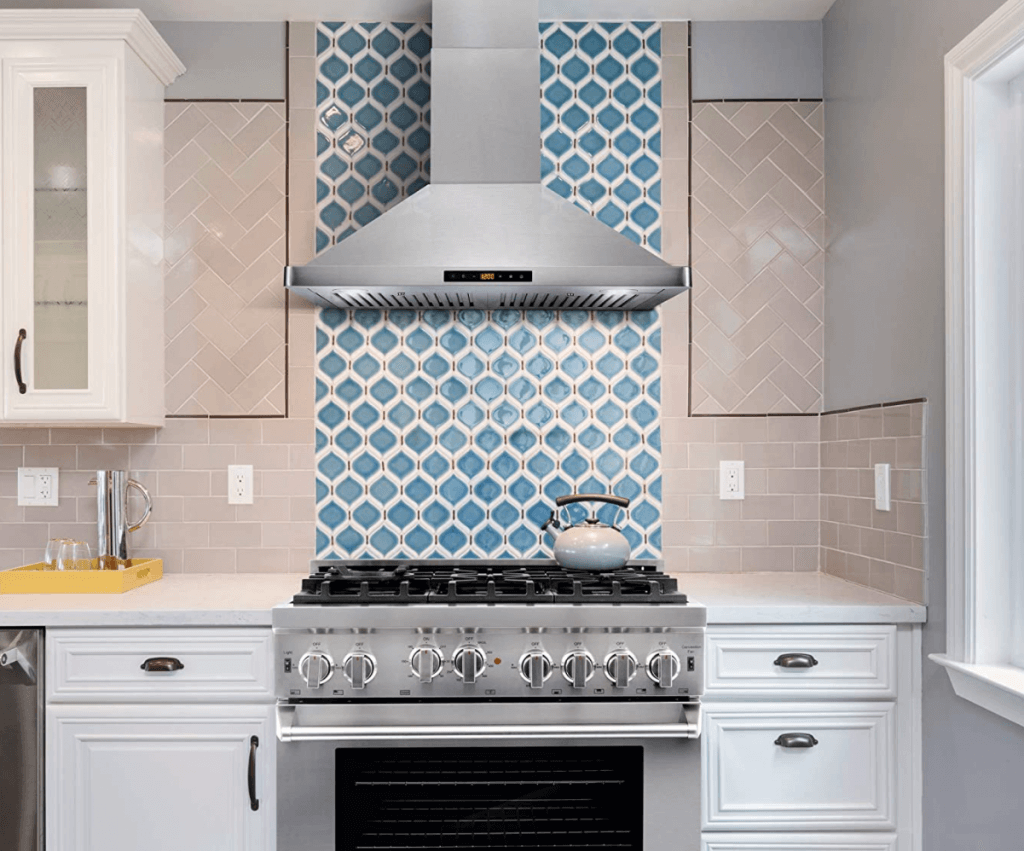Induction cooktops can be dated back to the late 20th century (around 1980). Although, initially there poor performance and high prices made then to be less preferred by homeowners and cooks. Despite their performance back then, about 35 years down the line, induction cooktops have received major improvements on their performance and their prices have also reduced by a bigger factor. With their proven efficiency when it comes to energy, these cooktops have become very competitive compared to gas and electrical cooktops. While induction cooktops do the cooking in a different way, users will need to equip them with proper ventilation.

Induction Cooktops Operation:
Induction cooktops work by the use of a powerful electromagnet which generates heat energy in a ferromagnetic pan or pot. This cooktop is characterized by a very smooth surface that has got no raised burners. These burners, which are flat, are heated by electric current making the surface to remain cool while the food cook quickly. This implies that there will be no heat loss during the process of cooking. The heat energy will be solely focused on the food that is cooking and the vessel. Induction cooktops heat with about 87 percent energy efficiency rating.
Induction Cooking Basics:
Cooktops cooking can always lead in magnificent things like steak that charred and well topped with sautéed mushrooms and onions. Unluckily, the process of cooking can result to tremendous damages on your home. The nearby countertops and cooking surfaces will be buildup with grease. As well, while the steam is left to thicken and concentrate, this can result to rotting on the walls. The use of ventilating hoods which have got fans to move filters and the air that trap particles and grease, helps in keeping them from becoming a fire hazard and clogging ductwork.
Induction Cooktops Ventilation:
Arguments for gas cooktops ventilation are much greater due to the fact that the process of cooking with gas leads to the production of more carbon monoxide and steam when compared to other methods of cooking. Whereas induction cooking doesn’t produce much steam and heat, air movement and ventilation is still one of the requirement. The movement of air is typically measured by cubic feet per minute (CFM). Home Ventilating Institute have got the recommendation that cooktops which are located on an island should be covered by hoods that can move on the range of 50 – 150 cubic feet per minute, while those against the wall have hoods that can move on a range of 40 – 100 CFM. The size of the necessary ventilation will be depicted with the location and the size of your cooktop.
Considering Induction Cooktops:
Despite the fact that induction cooktops have been rated more energy efficient than electric and gas, thy also have got some disadvantages. The main drawback being the fact that users will need to use a ferrous metal pan or pot to ensure that the circuit which is electromagnetic is complete. Pans which are made of glass, ceramic, copper, and aluminum will not work on induction cooktop. These made of cast iron and steel will work.
Leave a Reply